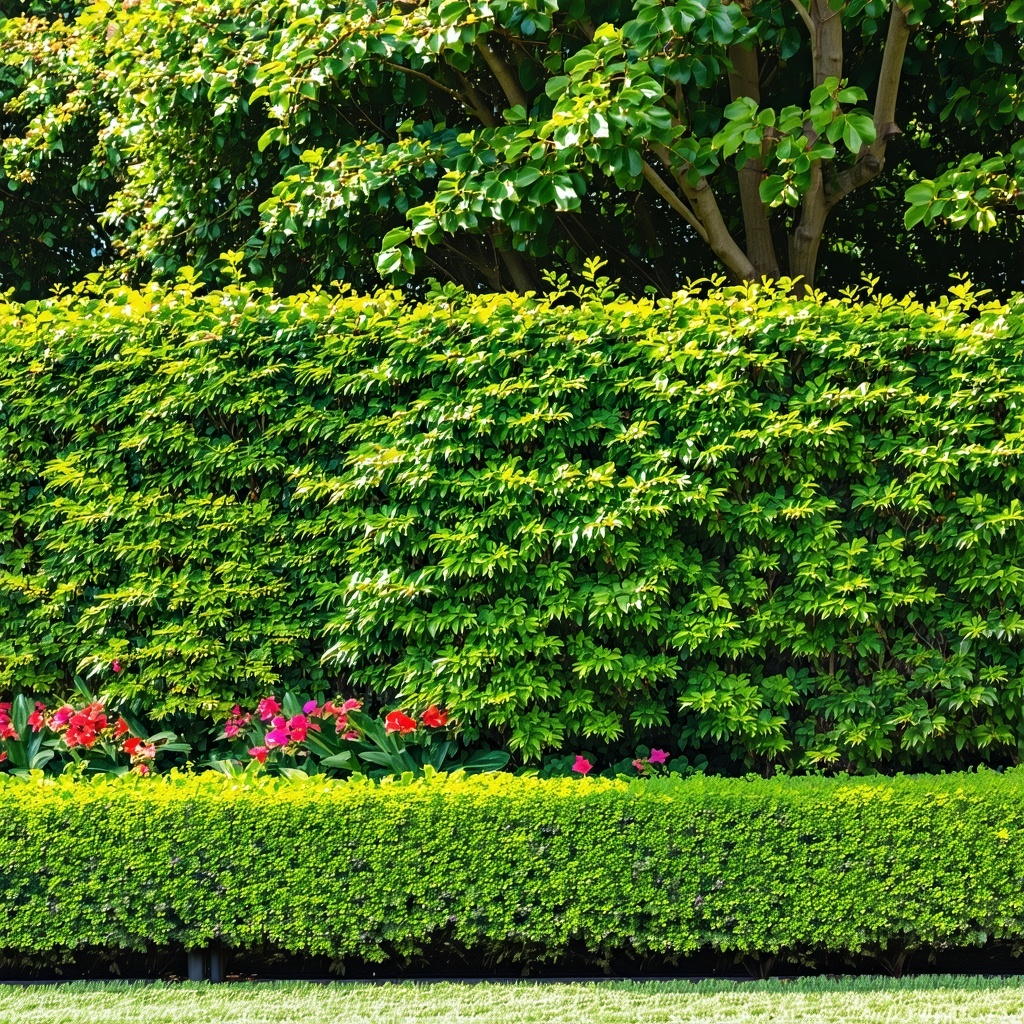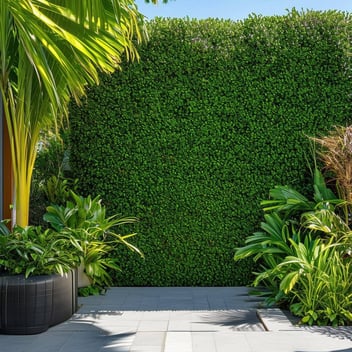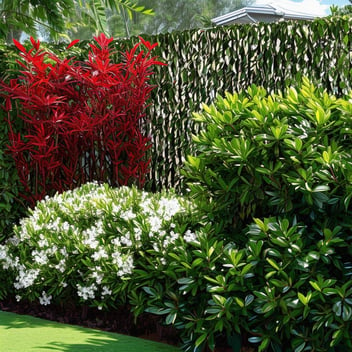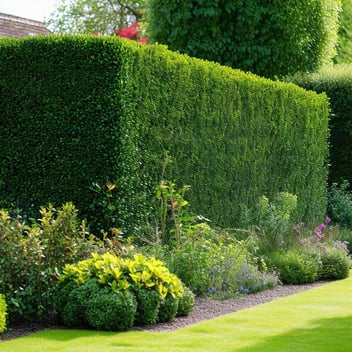How to Prune Hedges Like a Pro: SEQ Edition
Introduction
In the verdant landscapes of South East Queensland (SEQ), hedges serve not only as boundary markers but also as aesthetic enhancements to gardens. Proper pruning is essential to maintain their health, shape, and vitality. Given SEQ's unique subtropical climate, understanding the nuances of hedge maintenance is crucial for gardeners aiming for lush, well-manicured greenery.
Understanding SEQ's Climate and Its Impact on Hedges
SEQ's climate is characterized by warm temperatures, high humidity, and distinct wet and dry seasons. These conditions promote rapid plant growth, necessitating regular pruning to prevent hedges from becoming overgrown or sparse. The intense sunlight can also cause stress to plants, making timely pruning vital to remove damaged or sunburnt foliage and to encourage new, healthy growth.
Optimal Timing for Hedge Pruning in SEQ
Timing is pivotal in hedge pruning to ensure optimal growth and flowering.
-
Late Winter (July to August): Ideal for formative pruning, as plants are less active, allowing for shaping without stimulating immediate growth.
-
Spring (September to November): A prime period for maintenance pruning, coinciding with the onset of vigorous growth. Pruning during this time encourages dense foliage and prepares hedges for the summer months.
-
Summer (December to February): Light pruning can be conducted to maintain shape, but avoid heavy cuts as plants are in active growth and may become stressed.
It's essential to consider the specific type of hedge:
-
Evergreen Hedges: Benefit from pruning in late winter or early spring to promote dense growth.
-
Deciduous Hedges: Should be pruned during dormancy in late winter to early spring before new growth emerges.
Essential Tools for Effective Hedge Pruning
Equipping oneself with the right tools ensures efficient and clean cuts, promoting plant health.
-
Hand Shears: Suitable for precise cuts on smaller hedges or detailed shaping.
-
Hedge Trimmers (Electric or Petrol): Ideal for larger hedges, enabling uniform cuts and saving time.
-
Loppers: Useful for cutting thicker branches that standard shears can't handle.
-
Pruning Saws: Necessary for removing large, woody branches.
-
Safety Equipment: Gloves, safety glasses, and sturdy footwear protect against potential injuries.
Regular maintenance of tools, including sharpening blades and cleaning after use, prolongs their lifespan and ensures clean cuts, reducing the risk of disease transmission.
Pruning Techniques for Healthy and Aesthetic Hedges
-
Formative Pruning: Conducted during the first few years after planting, this technique shapes the hedge's structure. Regular trimming encourages bushier growth and establishes the desired form.
-
Maintenance Pruning: Once the hedge is established, regular trimming maintains its shape and removes any dead or diseased wood. This should be done at least twice a year, depending on the growth rate.
-
Shaping Techniques:
-
Formal Hedges: Require precise, straight lines and flat surfaces, often achieved using string lines or guides.
-
Informal Hedges: Allow for a more natural appearance, with gentle curves and varying heights.
-
When pruning, it's advisable to taper the hedge so that the base is wider than the top, allowing sunlight to reach lower branches and prevent thinning.
Common Mistakes to Avoid
-
Over-Pruning: Removing too much foliage can stress the plant, leading to sparse growth or dieback.
-
Improper Timing: Pruning during extreme heat or just before frost can damage new growth.
-
Neglecting Tool Cleanliness: Dirty tools can spread diseases between plants.
Species-Specific Pruning Considerations
In South East Queensland (SEQ), the diverse range of hedge species requires tailored pruning approaches to ensure optimal health and aesthetics. Understanding the unique characteristics of each plant is essential for effective maintenance.
Lilly Pilly (Syzygium spp.)
A popular choice in SEQ gardens, Lilly Pilly hedges are known for their dense foliage and vibrant new growth. Regular pruning encourages bushiness and maintains the desired shape. It's advisable to prune lightly during the growing season and perform a major shaping session in late winter or early spring.
Murraya (Murraya paniculata)
Also known as Orange Jasmine, Murraya hedges thrive with regular trimming. To promote dense growth, prune after flowering periods. Avoid heavy pruning during extreme heat to prevent stress on the plant.
Photinia (Photinia spp.)
Photinia hedges, with their striking red new leaves, benefit from pruning that encourages new growth. Trim lightly in early spring to stimulate vibrant foliage. Be cautious not to over-prune, as this can lead to sparse growth.
Buxus (Buxus spp.)
Commonly used for formal hedges, Buxus requires precise pruning to maintain its shape. Regular light trimming during the growing season helps keep the hedge tidy. Avoid cutting into old wood, as Buxus has limited regenerative capacity.
Westringia (Westringia fruticosa)
This hardy native plant is ideal for coastal areas in SEQ. Prune lightly after flowering to maintain shape and encourage compact growth. Westringia responds well to regular trimming, making it suitable for both formal and informal hedges.
Conclusion
Pruning hedges in South East Queensland requires an understanding of the local climate and the specific needs of each plant species. By selecting appropriate tools, timing pruning activities correctly, and employing suitable techniques, gardeners can maintain healthy, attractive hedges that enhance their landscapes. Regular maintenance not only improves the appearance of hedges but also contributes to the overall health of the garden ecosystem.




